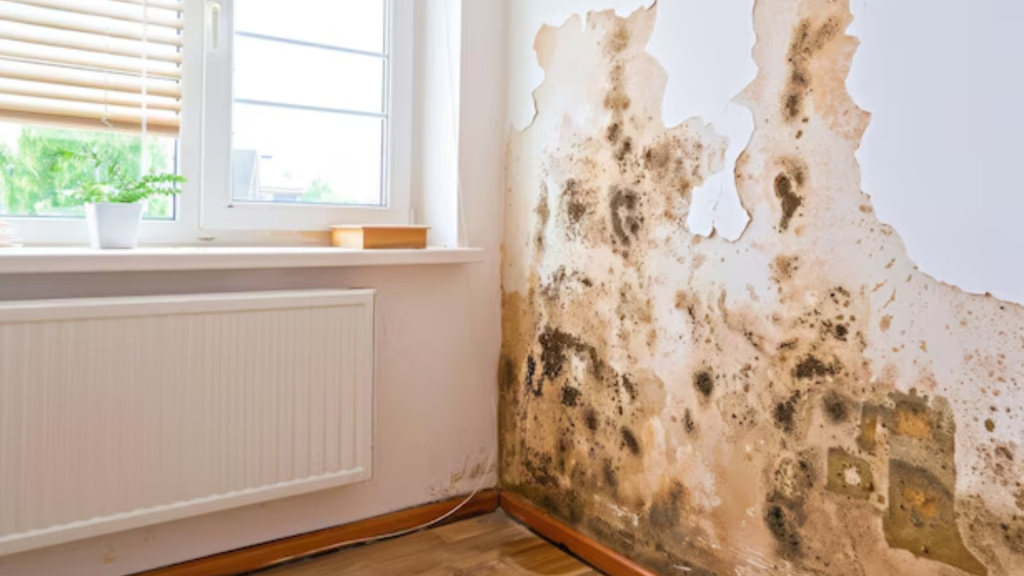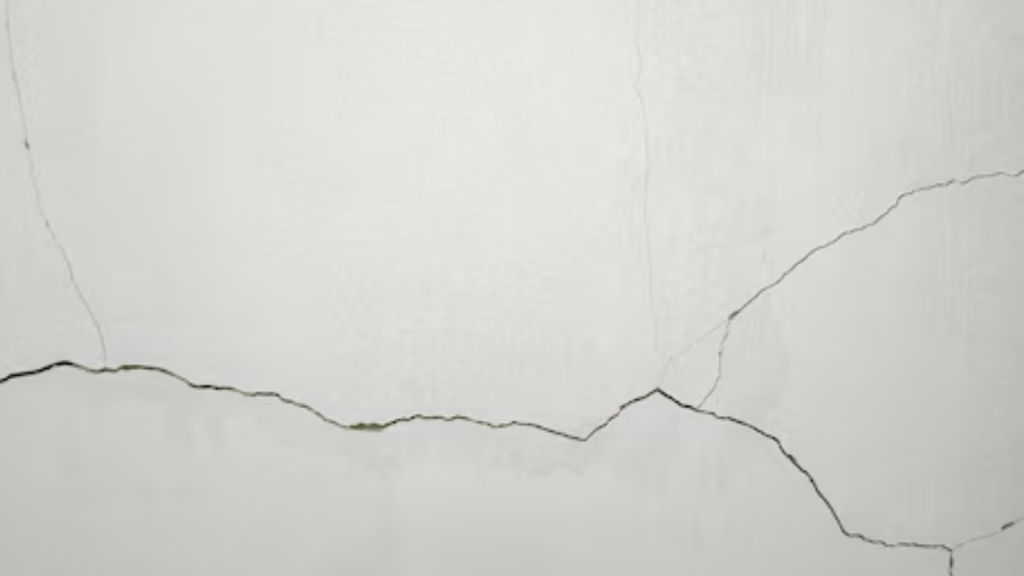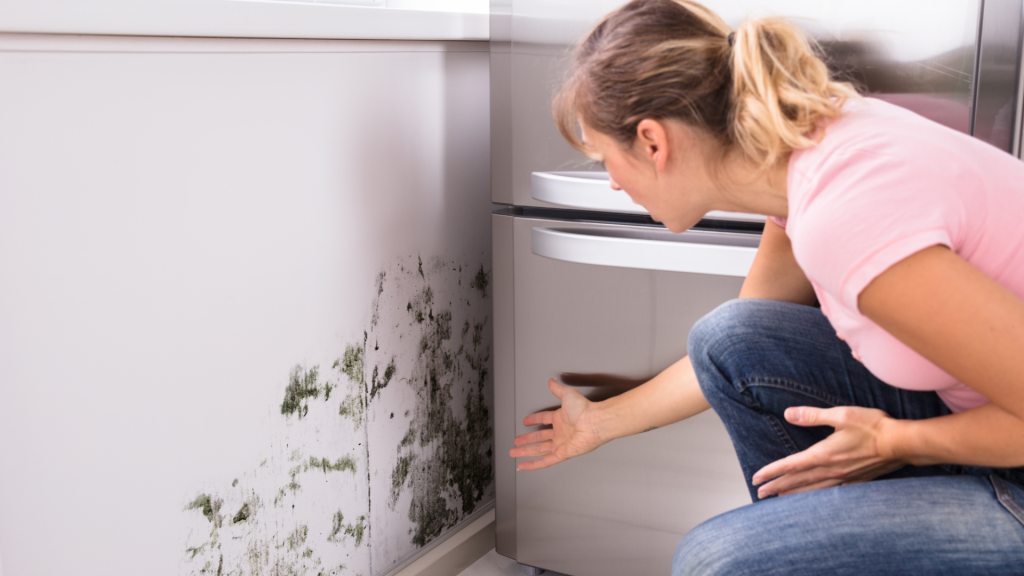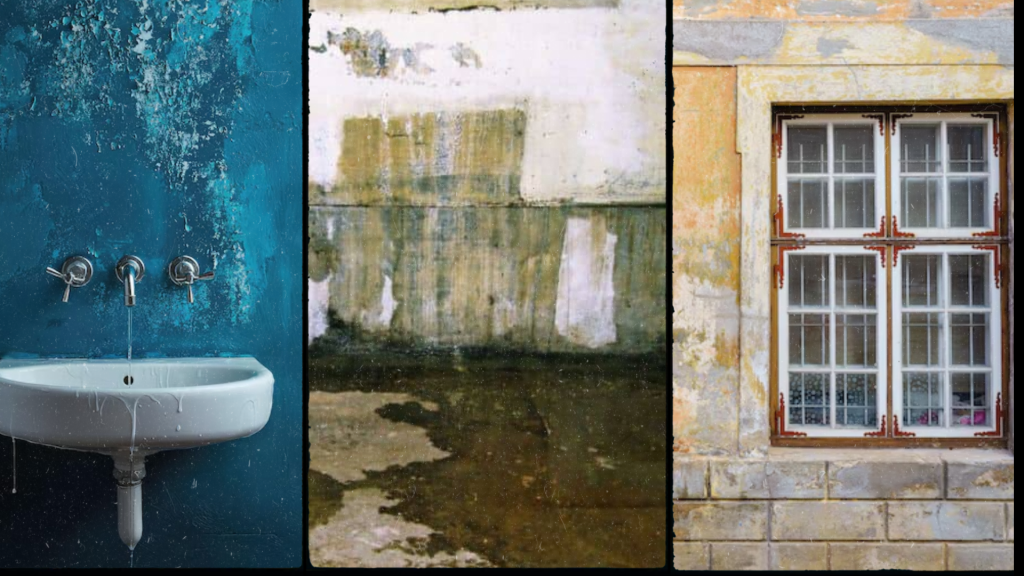
Water damage is one of the common problems faced by homeowners. While a small moisture spot on a wall or ceiling may look like a minor, it often indicates a bigger problem. It can weaken the structure, invite toxic mold, and demand costly repairs if untreated.
The main causes of water damage include natural disasters like floods, heavy rain, hurricanes and structural issues like roof leaks, sewage blockages, and plumbing leakages.
On December 10, Monkey Talks News shared that New Jersey is in the top five in the US Flood vulnerability ranking. This highlights the need for professional water damage restoration in New Jersey.
If you want to keep your home moisture—and mold-free, learn about the signs of water damage and their remedies. Stay tuned to learn more.
Signs of Water Damage in Walls
A common question homeowners have is, what does water damage look like? You can figure this out by inspecting the walls, floors, and ceiling of your home. Take note of the following signs:
Discoloration:
Most walls and ceilings with moisture damage look dark and wet. However, it can also have yellow, brown, or dark-colored stains.
Warping And Buckling:
Moisture can cause warping and buckling in hardwood floors and ceilings, eventually leading to rot. Thus, check for gaps and bulges on the wooden surface.
Paint And Wallpaper Peeling:
Paint flakes and peeling of wallpapers are other signs indicating the presence of moisture beneath the surface.

Why Focus On Walls To Detect Water Damage?
Property owners must look for signs of water damage in walls for the following reasons:
- Walls are easily noticeable.
- They conceal plumbing lines.
- Have visible discolorations, paint peeling, and mold.
It can challenge the safety of your home if overlooked.
Hidden signs of water damage
While the above-mentioned factors are quite visible, some signs might be invisible; for example:
Hairline Cracks:

When water from leaking pipes or rain gets trapped behind the wall and floor, it starts to exert hydrostatic pressure. This force creates small hairline cracks on the walls or floors and only becomes noticeable after water infiltration. Keep an eye out for horizontal cracks, as they are mostly formed by pressure from water behind the wall.
Mold:
Mold is one of the most harmful outcomes of water leakage. It poses serious threats to the lives of inhabitants, like respiratory or skin allergies and even deadly diseases.
In October 2024, an elementary school in New Jersey was shut down due to mold issues. This proves how big of a problem mold can be and indicates regular mold inspections.
Unexplained Musty Odors:
Another sign of hidden moisture damage is a fermenting and musty smell similar to used socks and stuffed attic. The smell is usually caused by mold thriving in dark areas, signaling water leakage.

Where to check?
When the smell is due to hidden mold, it is most noticeable under the toilet seats, in the basement, and behind the kitchen cabinets. If you can’t find any source, it indicates hidden moisture buildup. In such cases, a professional inspection can help spot hidden mold and remediate it.
Foundation and Crawl Space Damage:
Hidden moisture not only affects ceilings and walls but also poses a threat to the foundation and crawl space. Rain water slowly steeps into the ground around the foundation, causing cracks in the foundation and crawl space.
Tips For Identifying Water Damage in Less Obvious Places:
Early detection of water leaks can prevent escalation and save time and the cost needed for repair. In the case of hidden water damage, you can do the following things:
Frequent Inspections:
Make it a habit to inspect your property at least once a month. This includes visiting the attic, crawl space, and basements and looking for weird smells, moisture, drain clogs, and cracks.
Listen to Dripping or Trickling Sounds:
Statistics on flooding and water damage in the US show that plumbing issues are the leading cause of water damage, contributing to around 30% of all cases. A tip for detecting hidden plumbing leaks is to focus on the dripping and trickling sounds around the home.
Check Jumps in Water Bills:
Unexplained increases in water usage can be due to plumbing leaks. Every year, around 1 trillion gallons of water is wasted due to damaged or leaky pipes in the US. It hints at keeping a check on your water bill. If you see big jumps in your monthly water bills, make sure to call for an inspection.
Common Areas Prone to Water Damage

Bathrooms and Kitchens:
Kitchens and bathrooms have plumbing networks for showers, sinks, toilets, and more. Therefore, these spaces have a high chance of water leaks. In fact, plumbing leaks are one of the leading causes of water damage, contributing to around 30% of all cases.
Basements and Attics:
Water damage can appear anywhere in a building, but the basement and attic are the most common areas, for they are more exposed to external elements like groundwater and rain, respectively.
Other reasons for high levels of moisture in these areas are improper drainage, hairline cracks, and poor ventilation systems.
Windows and Doors:
Windows and doors might have gaps due to poor installation, settling foundation, and material shrinkage. These gaps create a path for water seepage during rain and storms.
If you find such gaps in your property, contact a water damage restoration company to prevent seepage.
Why It’s Important to Address Water Damage Quickly
Ignoring the water damage in the long term will worsen the case and have the following consequences:
- It will make your place inhabitable
- Delaying repairs will result in higher repair costs.
- It corrodes the rebar and weakens the foundation.
- Water damage around electrical lines can create a big safety hazard.
- It can damage your furniture and other personal belongings.
- Stagnant water acts as a breeding ground for pests and insects.
Conclusion
Identifying the signs of water damage early can save homeowners from mold and expensive repairs. People living in areas prone to flood, heavy rain, and moisture must hire professionals for water damage restoration at least twice a year.
Don’t let water damage ruin your home and health. We have advanced tools and strategies to detect moisture, remove mold, and perform structural drying. Contact us for a professional inspection now!